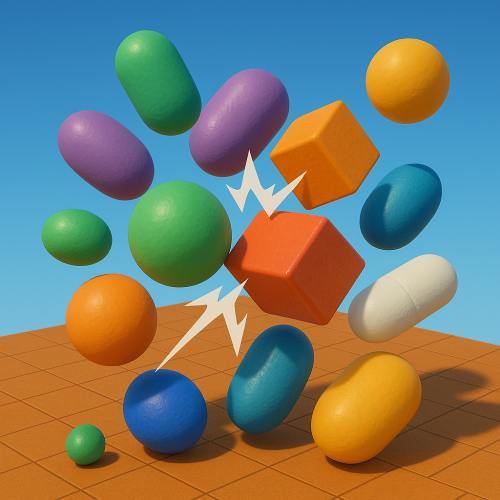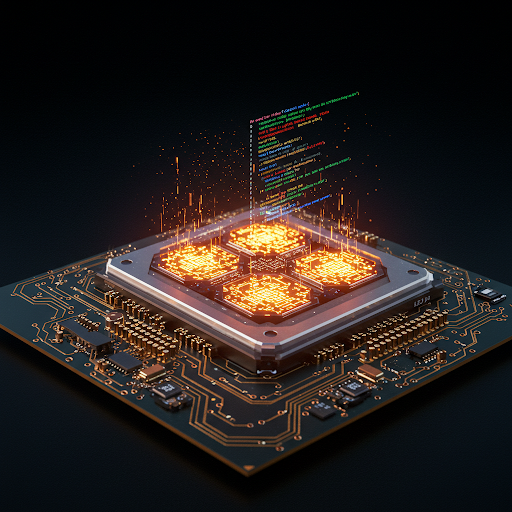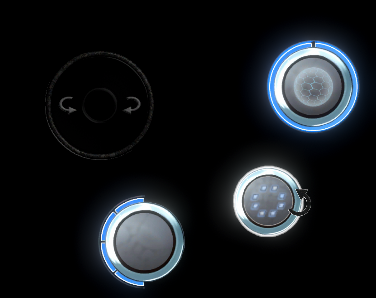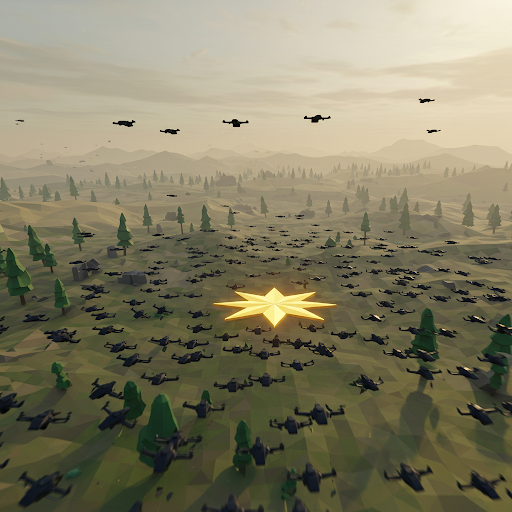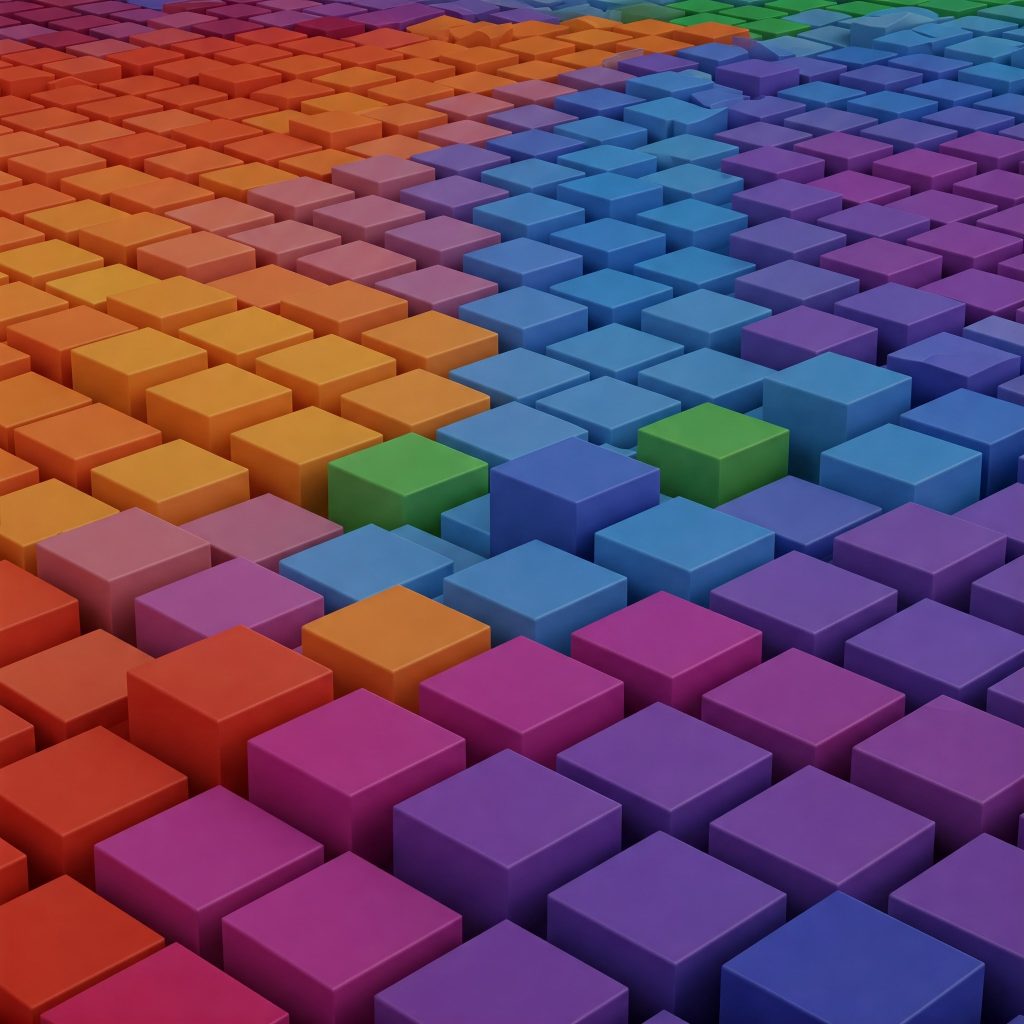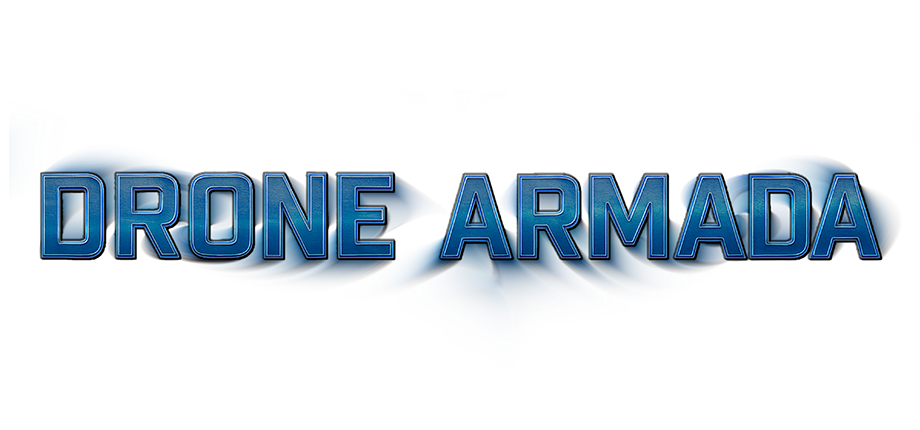
Follow our journey as we build Drone Armada in the Unity games engine! Each post delves into the challenges and triumphs of game development, from crafting dynamic flight mechanics to deploying strategic enemy AI. Expect insightful articles packed with technical details and behind-the-scenes glimpses.
To deliver a fully cross-platform experience on PC and mobile (with future console possibilities), we’re prioritising performance. This is crucial for our physics-intensive game to run smoothly on a wide range of mobile devices.
Uncover what’s new in our latest posts, or explore specific areas topic by topic.
Latest Posts
GPU Rigid Body Physics – Part 3
Utilising the GPU for rigid body physics calculations – Part 3 – Full Primitive Collisions…
Jobs & Burst Compiler
Supercharging performance! For a while we kept hearing about the Unity jobs system and burst…
Custom UI System
Good Morning, Today we’re going to talk about our custom UI System, way it was…
GPU Rigid Body Physics – Part 2
Utilising the GPU for rigid body physics calculations – Part 2 – Raycasting Targets If…
Objective Systems
Defining and tracking goals and tasks. Having objectives for the players is a fundamental part…
Spatial Grids
Optimising object management for performance and gameplay (e.g., collision detection). Spatial grids avoid creating N2…
Topics
Legend
⚡Creative
🕹️ Gameplay
🛠️ Technical
1. Gameplay & Features
- Initial Gameplay – An early peak at how the gameplay is developing 🕹️
- Gameplay UI V1 – The first version of the game UI in action! 🕹️
- Demo Release – Drone Armada comes alive! 🕹️🕹️🕹️
2. Game Design & Architecture:
- Writing a Game Design Document ⚡🛠️
- Overall Game Architecture ⚡🛠️ 🛠️
3. World & Level Design:
- Crafting An Engaging World – World building fundamentals ⚡⚡
- World Generation – Creating dynamic game terrains 🛠️🛠️
- Objective Systems – Defining and tracking goals and tasks🛠️
4. Simulation:
- Unit Management / Spawning – Handling unit creation and control
- Simulation Interaction – Enabling player interacting with the game world being simulated on the GPU 🛠️
- GPU Simulation Overview – An introduction to compute shaders 🛠️
- Spatial Grids – Optimising object management for performance and gameplay (e.g., collision detection) 🛠️🛠️
- Radial Spatial Grids – Further optimisation of spatial lookups for radial searching 🛠️🛠️
- GPU Terrain Collisions – Optimising terrain collisions through GPU calculations
- GPU Physics – GPU Based Rigid Body Physics Calculations 🛠️🛠️🛠️🛠️
- Formations – Efficient Dynamic Unit Assignment: AI-controlled unit formations
- Formations – Real-time Generator: Generating formation shapes and positions on the fly 🛠️🛠️🎮
- Bayesian AI Behaviours – Advanced probabilistic behaviours
5. UI:
- UI – A custom Approach: Designing a custom scalable and capable UI system
- UI – Animations, particles, custom shaders! – Responsive appealing UI elements
- Dialogue Systems – Implementing in-game conversations
- Notifications – A simple notification UI system
- Objectives & Pointers – Providing users clear directions and information!
- Adding Dynamic Text Into A Shader – Rendering dynamic text on top of existing shader outputs
6. Rendering & Visuals:
- Artistic Design & Style – Creating a consistent style ⚡⚡⚡
- Character Development ⚡⚡
- Unit Rendering – Animated Instanced Units: Optimising rendering of large numbers of units with instancing and pre-computation 🛠️🛠️
- Imposters – Ultimate Billboard Shader: Optimising imposter rendering 🛠️🛠️
- Imposters – Animated Imposter Recorder: Tool for creating animated imposter billboards 🛠️🛠️🛠️
- Post Processing: Basic scene adjustments ⚡
7. Technical:
- Mobile Performance Optimisation – Optimisation Deep Dive – Especially for Mobile Devices 🛠️
- Jobs & Burst Compiler – Supercharging performance! 🛠️🛠️🛠️
- GPU Compute Shader Debugging: Essential for optimising GPU-based systems. 🛠️🛠️

